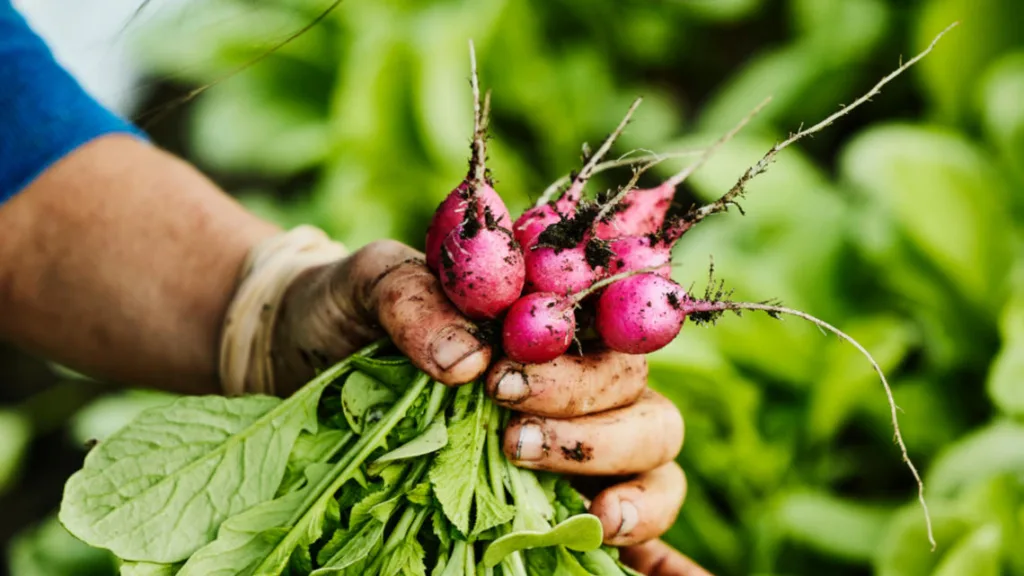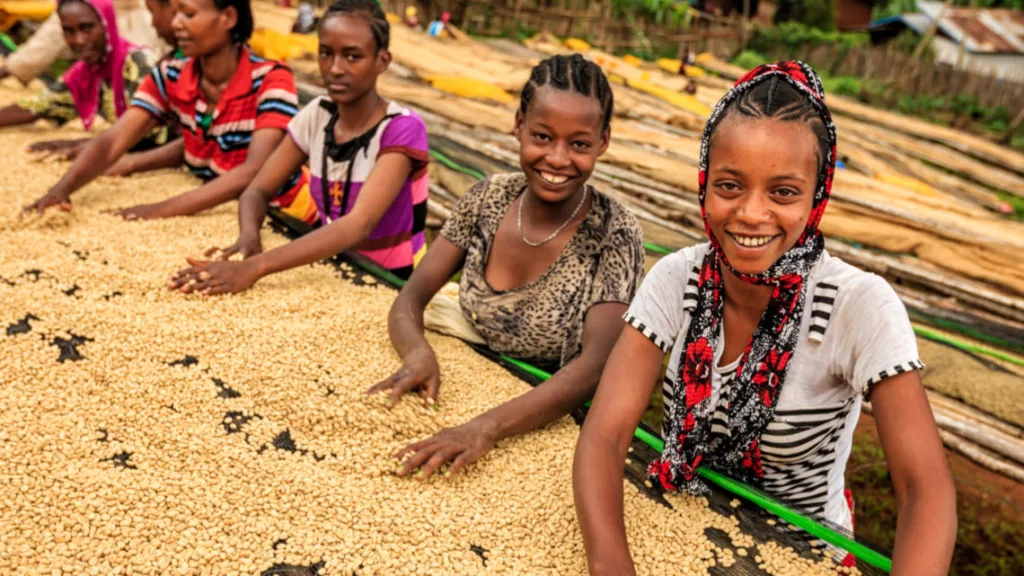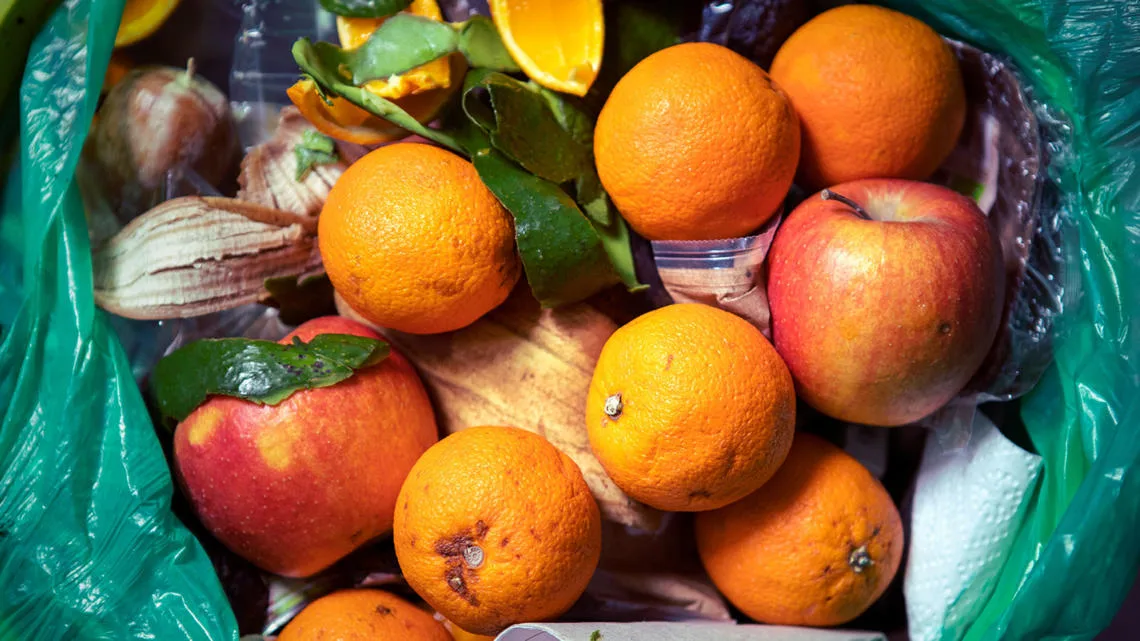Authors
Diane Holdorf
Over 1bn tonnes of food is wasted or lost every year but many countries and companies do not know where or why this is taking place. In addition to the environmental benefits, there is a strong financial case for companies to measure and reduce food waste. In this guest blog by Diane Holdorf, managing director of food and nature at the World Business Council for Sustainable Development, she highlights the urgent need to start measuring real progress towards the Sustainable Development Goals (SDGs).
About one-third of all food is wasted or lost, amounting US $940bn in annual economic losses. This is just a little less than the GDP of Indonesia in 2018.
At the Paris climate talks in 2015, the World Business Council for Sustainable Development (WBCSD), a CEO-led business coalition of more than 200 companies, and its partners, announced that by 2030 they would increase availability of nutritious food by 50%, help farmers to become more resilient to climate change and reduce emissions from commercial agriculture by 50%. These are aligned with commitments made as part of the UN SDGs that year. Implementing strategies to cut food waste and loss is key to achieving these targets.
When crafting solutions, it is essential to note that in different regions efforts to reduce food waste and loss must focus on different parts of the value chain. In sub-Saharan Africa, for example, 76% of total food loss and waste occurs on the farm or in storage after harvest, and just 5% is wasted by consumers. Conversely, in North America, 61% is wasted at the consumer level and 23% is lost to pests and disease or in storage.
But many countries and food companies have not started tracking how much food they are losing or wasting. The ambitious global targets are only achievable with scientific, time-bound and company-level systems for measuring waste. In fact, “transparency” is one of the seven pathways detailed in our CEO Guide to Food System Transformation, published in late October 2019. It calls for a data-driven approach to tackling food loss and waste.
The path to savings and revenue: Data collection
Collecting data on food loss and waste is no mean feat, but there is growing evidence that investing in this can bring substantial financial, environmental and nutritional benefits.
The company International Flavours & Fragrances (IFF) was able to develop a new product from spinach wasted on farms. In one pilot programme, they measured that 400 tonnes of spinach were not of sufficient quality for supermarkets and were wasted post-harvest. IFF collected and turned this into a powder for nutrient beverages and snack bars, generating US$1.3m in revenue.
Olam, a global agri-business, measured post-harvest losses across 80 smallholder farmers in their supply chain in Nigeria. The findings not only helped to identify critical points at which losses occurred (initial harvesting and handling), but also to estimate resulting financial losses of US$520 per hectare.
It is also important for businesses and organizations to measure and understand the nutritional and environmental value of lost or wasted food. To assist with this, we have developed a food loss and waste value calculator. The calculator measures total nutrients lost and the environmental impact along the entire food chain from the farm right through to disposal.
The impact in aggregate
Champions 12.3, a coalition dedicated to accelerating progress on SDG 12.3 (halving global food waste per capita), specifically tracks the progress of food loss and waste by country. According to their progress report for 2019, governments representing only 12% of the world’s population are measuring food loss and waste.
But as more companies are starting to measure waste and progress towards their targets, savings at both industry and national levels are materializing. In a survey of 700 food companies in 17 countries, on average businesses saved US$14 for every US$1 invested in curbing food loss and waste. Britain cut household food waste by 21% between 2007 and 2012, and saved £250 for every £1 invested in efforts to cut waste. At the national level, the Food Sustainability Index, developed by The Economist Intelligence Unit with the Barilla Center for Food & Nutrition Foundation, measures progress on food sustainability, with one pillar dedicated to food loss and waste.
Standardization for comparison
How food loss and waste is defined and categorized can vary widely between countries and industries, making it difficult to compare data. To help address this, the Food Loss and Waste Protocol—a partnership of UN agencies, research institutions and business coalitions—developed the global Food Loss and Waste Accounting and Reporting Standard. This provides a framework for companies and governments and equips them with universally accepted definitions for components of food loss and waste.
Lead the change
If we are to shrink the mountains of food wasted every day, we need to urgently track where this takes place and why. But unless we can measure the problem, we will not be able to manage it or monitor progress. Businesses have a tremendous opportunity to lead the change on this front as they play a key role in developing and implementing innovative, science-based solutions. Our guide for CEOs identifies some of these opportunities, and for example, the Global Agribusiness Alliance, a WBSCD sector project of supply-side companies, facilitating information sharing to accelerate measurement and reporting. Together, we must do all we can for healthy people and a healthy planet.
This article originally appeared on the website of the Food Sustainability Index, published on 28 October 2019.
WBCSD news articles and insights may be republished in accordance with the Creative Commons Attribution-NonCommercial-NoDerivatives 4.0 International Public License, and in accordance with our Privacy Policy. All Content must be featured with due credits.
Outline
Related
Content

WBCSD joins the Nutrient Density Alliance
13 October, 2023

Meat and dairy analogues of the future call for a focus on affordability, innovative business models and a just transition
20 September, 2023

Business action to unlock the potential of African farmers – WBCSD’s takeaways from the AGRF Summit 2023
14 September, 2023
